
Healthy Cooking Tips: Homemade Salad Dressings Recipe
Want to lose weight but not flavor? Today you will learn how to make Homemade Salad Dressings Recipes!
Learn how you can spice up your meals and give them lots of great flavor without all the added calories. Last week, I shared with you, Healthy Cooking Tips with your Kitchen Seasonings. Making homemade seasonings is cheaper and also better for you in my opinion. You can make your own homemade taco seasoning mix recipe that is delicious and so much better than the store bought packages of taco seasoning.
This week, I would like to show you how to make your own Salad Dressing. Don’t be intimidated, it’s much easier than you think. This is a great way to get more veggies in your diet!
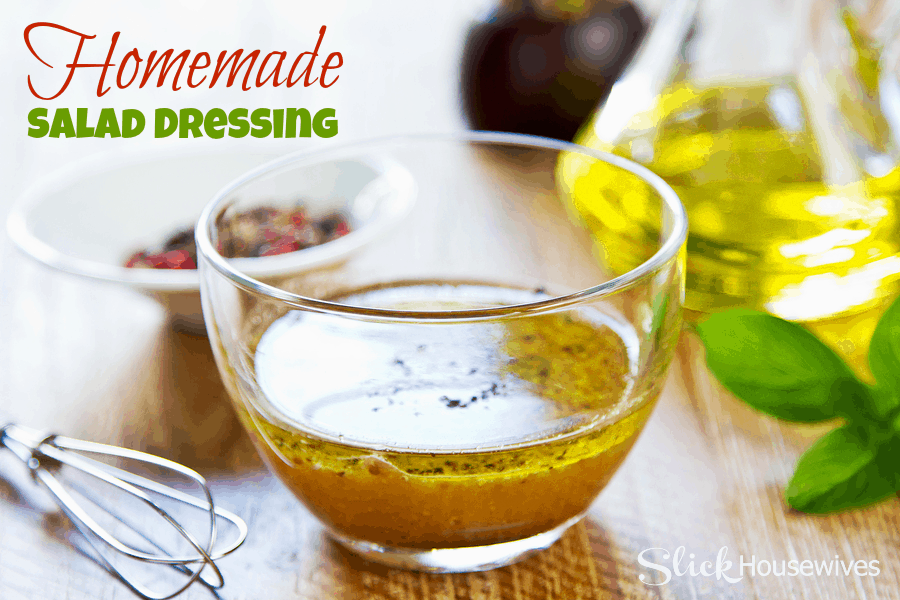
Healthy Cooking Tips: Homemade Salad Dressings Recipe
Easy Dressing Recipes
Fresh salads and healthy lifestyles go hand in hand. After all, what could be better for you than a big plate full of leafy greens, fresh vegetables, fiber-rich legumes and lean proteins? Unfortunately, you could end up negating these delicious and healthy choices if you aren’t careful about the type of salad dressing you use. Don’t worry though, there are plenty of healthy salad dressing options.
Better For You:
Taking a quick look at the list of ingredients on your favorite bottle of store-bought dressing can be a real eye opener. In fact, you may be surprised to see a host of ingredients you weren’t expecting, including high-fructose corn syrup and other sweeteners, trans fats, MSG, and an assortment of artificial colors and preservatives to make it all seem more fresh and natural.
Save Money:
Fortunately, making your own homemade salad dressing is faster and easier than you might think. Plus, you get to control how much you make at one time, so you don’t have to worry about throwing out your hard-earned money if you don’t use it all in time.
Follow The Ratio:
When it comes to homemade salad dressings, vinaigrettes are fast, easy and delicious choices. One general rule of thumb to keep in mind when creating your own vinaigrettes is to use 1 part vinegar (or other acidic ingredient) to 3 parts oil. In other words, if you use ¼ cup vinegar, you’ll want to use ¾ cups of oil. If you like a little more kick to your dressing, try a 2:1 ratio instead.

Get Creative:
When choosing these key ingredients, don’t be afraid to get creative. Think beyond plain white, red or cider vinegar and give rice vinegars, aged or white balsamic, or fruit-infused varieties a try, as well. Citrus juices, such as lemon, lime, oranges and grapefruit, also work particularly well.
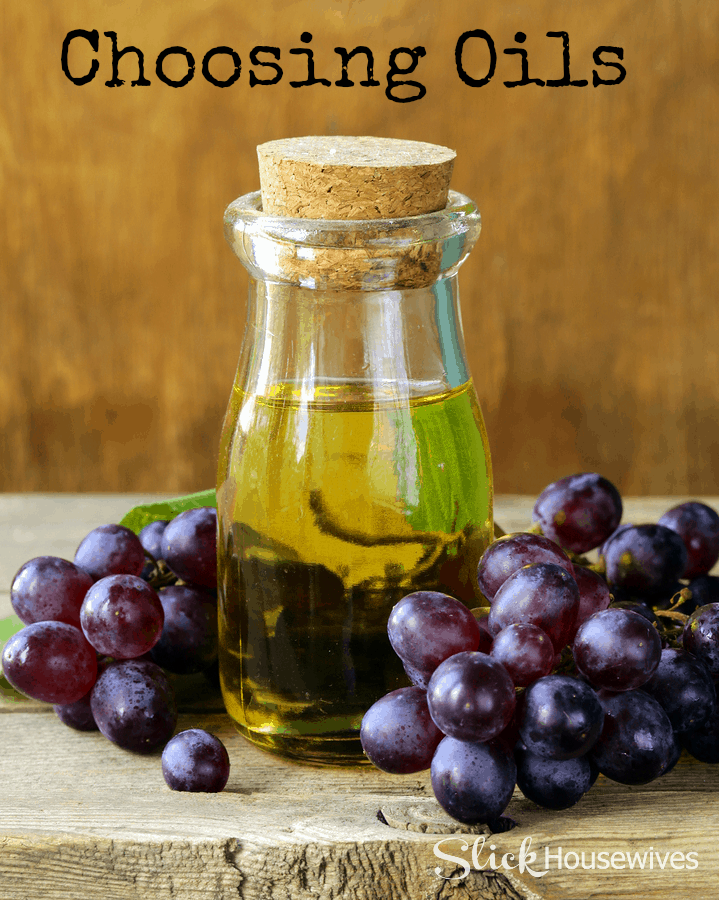
Choosing Oils:
When it comes to choosing your oil, it’s hard to beat a high-quality extra virgin olive oil. However, you may want to consider other healthy alternatives, such as a more delicate grape seed oil, as well. Olive oils infused with garlic, rosemary or other herbs are also great choices.
Adding a Binder:
A third ingredient you may want to add to your vinaigrette is Dijon mustard. Dijon is a popular choice because it tastes great and helps bind all the other ingredients together.
Customizing your Dressing:
Beyond these three ingredients, there are countless ways you can customize your vinaigrette recipes to complement your salad ingredients. For example, you can add minced garlic, onion, shallots, fresh or dried herbs, honey, or a variety of fruit juices or zests.
Now Try It!
Make sure you try my delicious Homemade Balsamic Vinaigrette Salad Dressing Recipe! What’s your favorite Homemade Dressing?
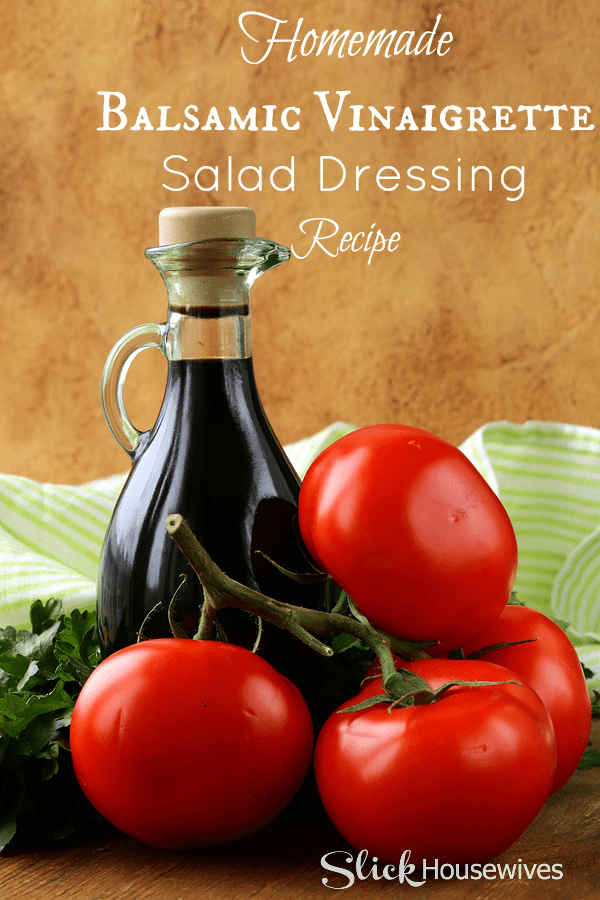
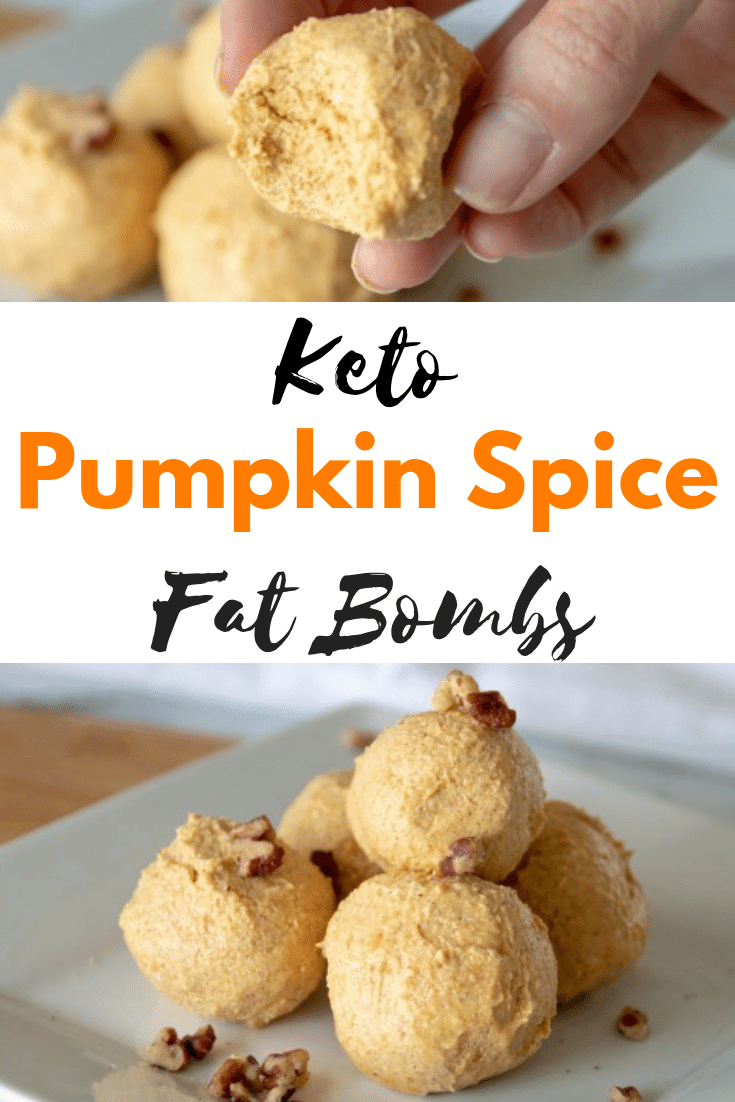
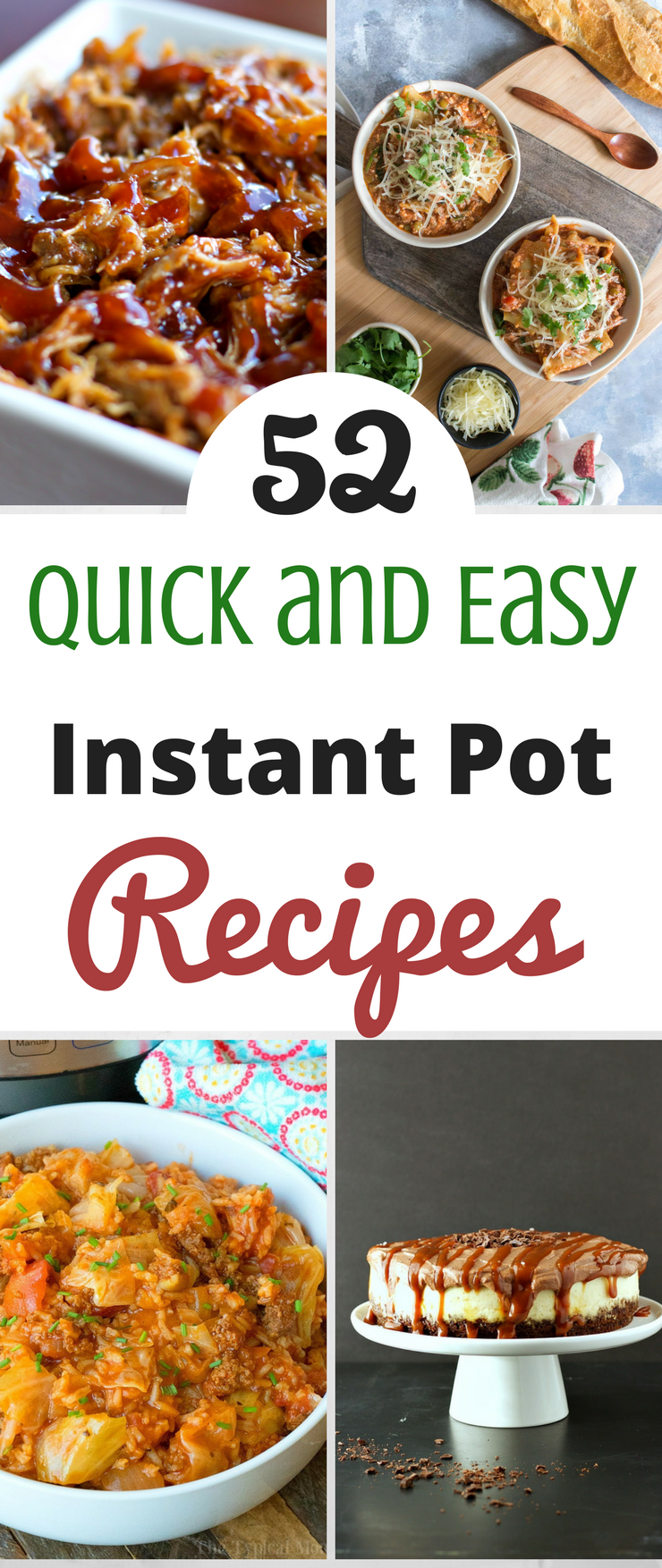

Comments